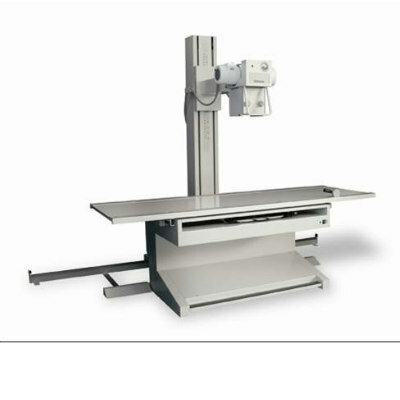Mathematical Analysis Helps Reduce Number of Tumors Missed by Mammography
By MedImaging International staff writers
Posted on 04 Oct 2010
A mathematical tool known as a Monte Carlo analysis could help improve the way X-rays are used for mammography, reduce the number of cancers missed, and avoid false-positives. Posted on 04 Oct 2010
Worldwide, breast cancer represents 1 in 10 of all cancers among women, with the exception of skin cancer, making it the most common form of non-skin cancer. It is the fifth most common cause of cancer death accounting for more than half a million deaths worldwide. The main established strategies for breast cancer control are based on primary prevention along with early diagnosis and so breast imaging, mammography, plays an important role in screening and diagnosis.
Dr. Mauro Valente of the University of Cordoba (Spain), and colleagues Germán Tirao and Clara Quintana and at the CONICET (Consejo Nacional de Investigaciones Científicas y Técnicas) Research Center (Buenos Aires, Argentina) have tested the different configurations used by radiographers to perform X-ray mammography and analyzed the results statistically using the Monte Carlo technique. This application uses repeated random sampling of the data to calculate the most probable results from a given set of parameters. By finding which parameters improve X-ray image quality and which reduce it, the researchers were able to find the optimal set-up for obtaining the best image with minimal radiation dose to the patient.
The researchers pointed out that factors such as the material used for the positive electrode, the anode, in the X-ray machine, are beyond the control of the radiographer. However, the accelerating voltage applied during mammography considerably affects image quality. The team noted that the algorithm they have developed from their Monte Carlo calculations might also be used to carry out effective and consistent detection of cancerous tissue in the breast automatically.
The study was published in September 2010 in the International Journal of Low Radiation.
Related Links:
University of Cordoba
CONICET Research Center














